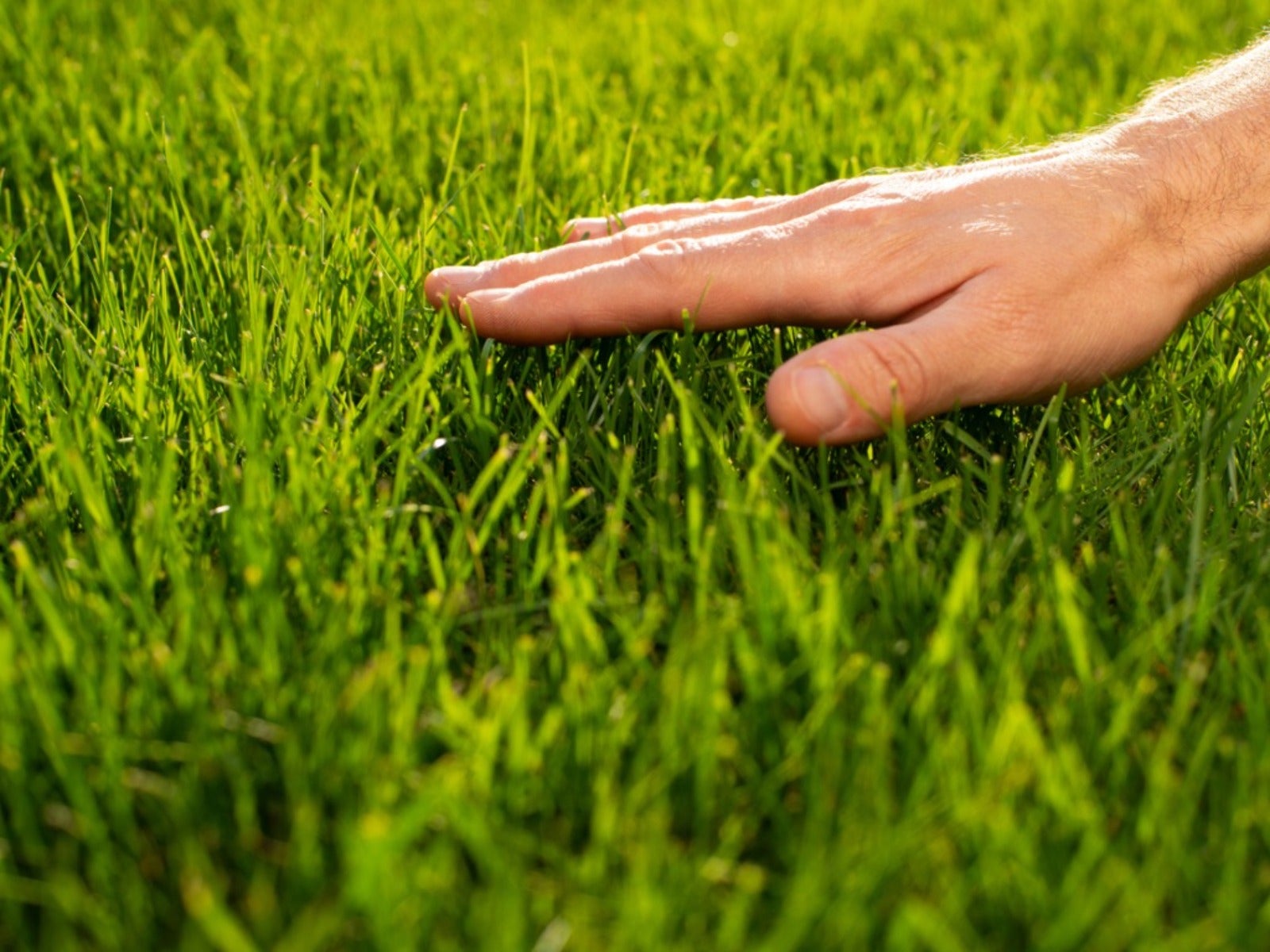How To Grow A Sustainable Lawn


Turf lawns are a hallmark of suburbia and the American dream of a home and a white picket fence with green grass. Unfortunately, that dream includes a monoculture of turf grass, which requires particular lawn maintenance that is not great for the local ecosystem or wildlife.
You can still have a green lawn while managing it more sustainably. Homeowners interested in more sustainable grass must be prepared to give up on the idea of a completely uniform lawn and be willing to allow other green plants to grow.
Growing More Sustainable Lawns
You’ll also need to change your philosophy of lawn care. Sustainable turf is more hands-off. These are the kinds of practices that will make your entire lawn and garden more eco-friendly:
- Re-Think Mowing -- Instead of mowing the lawn with aesthetics as the primary goal, think of how you can do it in a more environmentally friendly way. Mow higher and mulch grass clippings instead of bagging them. Leave the clippings on the lawn where they will decompose and introduce nutrients back into the soil.
- Water Deeply and Less Often -- To use less water while still enjoying green turf, provide more water less frequently. An inch (2.5 cm) of water per week in summer is the right amount. Letting the soil dry between waterings not only saves water, but it also prevents disease. Keep in mind that there is no rule that says you have to water the grass. Let it go dormant during the hottest part of the summer. It will come back.
- Use Natural Methods for Lawn Improvement --If you have a sparse or weedy lawn, weed and feed, herbicides, and fertilizers are not the most sustainable solutions. Use alternatives to improve quality, such as aeration, overseeding, and top-dressing with compost. If you do use fertilizer, choose a natural, slow-release product.
- Apply Appropriate Care Seasonally -- Work with the seasons to care for your lawn most efficiently. Start mowing as late in the season as possible. Allow your lawn to go dormant in summer, which is natural, and fertilize, compost, or overseed in fall when grass focuses on building strong roots for next year.
- Manage Fall Leaves Naturally -- As with grass clippings, leaves can be mulched and left in place. If you have an excessive amount of leaves, you can bag some and leave some. Also consider leaving a thin layer of whole leaves on the lawn until spring. This practice supports native insects and frogs.
Choosing Sustainable Lawn Alternatives
A monoculture is not the only option for a lawn. Sustainable lawn alternatives, and even mixes of turf grass and other green plants, are choices more homeowners are making.
Most conservatively, simply let your lawn have some so-called weeds. You don’t have to eliminate every non-grass plant to have a healthy, green lawn. In fact, turf with clover, violets, dandelions, and other weeds are healthier and support pollinators. Pull out big weeds by hand and let the rest go.
You can also eliminate some of your turf and plant more beds as an alternative. Native beds that include species natural to your local area are low maintenance, eco-friendly and supportive to wildlife.
Sustainability at home is increasingly popular and our efforts support the health of our planet. Taking these simple steps is not only less work for you as a homeowner but also better for the environment.
Sign up for the Gardening Know How newsletter today and receive a free copy of our e-book "How to Grow Delicious Tomatoes".

Mary Ellen Ellis has been gardening for over 20 years. With degrees in Chemistry and Biology, Mary Ellen's specialties are flowers, native plants, and herbs.